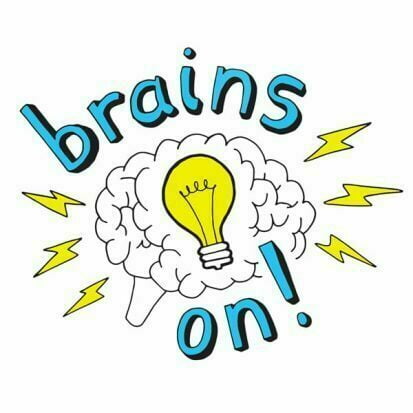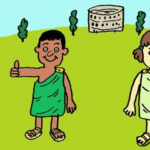
How do computers store so much info in such a tiny space?
Leave a reviewIf you translate “Hello! How are you?” to binary code, it looks like this: 01001000 01100101 01101100 01101100 01101111 00100001 00100000 01001000 01101111 01110111 00100000 01100001 01110010 01100101 00100000 01111001 01101111 01110101 00111111
© American Public Media | 00:37:32
|
Full episode description
 Episode One: Eating!
Episode One: Eating!
This is an Episodic show. You can listen to it in any order, but episode one is always a great place to start.Full Episode description
If you translate “Hello! How are you?” to binary code, it looks like this: 01001000 01100101 01101100 01101100 01101111 00100001 00100000 01001000 01101111 01110111 00100000 01100001 01110010 01100101 00100000 01111001 01101111 01110101 00111111
This episode takes a look at how computers can do so much with such tiny parts. But computers weren’t always small — so we take a look at where computers came from. We visit Ada Lovelace, whose love of math and weaving paved the way for modern-day computers. And we hear about the material that let computers shrink from the size of a room to something that fits in our pockets. There’s also a visit from a yak and a ram, but you’re just going to have to listen to find out why.
All that plus a new Mystery Sound and Moment of Um that answers the question: what is the flavor of root beer?
This episode is sponsored by
Mathnasium (Mathnasium.com) and Sun Basket (sunbasket.com promo code: brains on)
See omnystudio.com/listener for privacy information.
© American Public Mediabop| Status: Active, 376 episodes | Kind: Episodic | Episode URL
The content, Artwork and advertising within this podcast is not owned or affiliated with Sound Carrot and remain the property of their respective owners.








